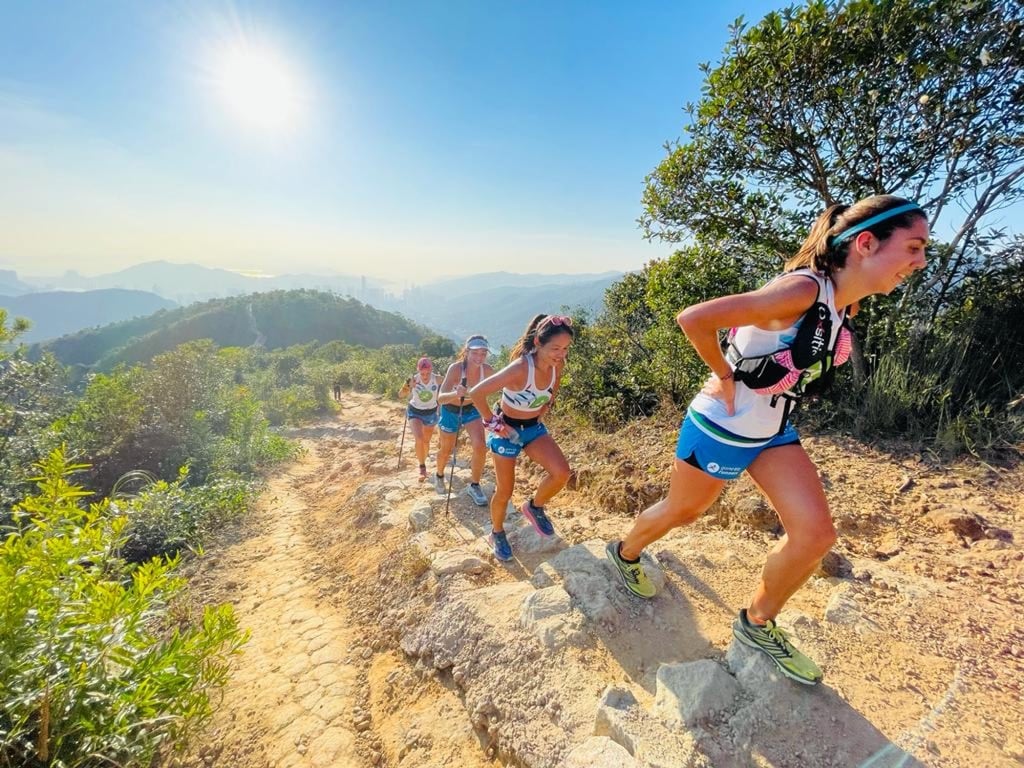Explainer | Should I do upper body exercises for trail running? How weight and core training improves performance and resilience
- Weight training should be part of your regular training programme, and this should include upper body sessions or exercises too
- Weight training will improve your posture and help prevent injuries

Weight training should be a core part of your trail running training. But those who do resistance work often neglect their upper bodies for fear of carrying extra muscle weight.
For many, the thought of carrying the extra weight of muscle on your top half seems detrimental. But it’s not. Upper body strength can actually improve your running, and it’s unlikely you’ll put on so much muscle you’ll slow yourself down. If you do the right training.
Upper body strength improves your posture. This in turn will help you run efficiently, especially towards the end of a race when your body is tired. Strong muscles can also improve your running technique and ensure the energy you use to push yourself forward is not lost.
This is backed by an April 2021 study from the National Library of Medicine to test the link between the head and forearms while running. In short, the report found that strong muscles will stop your upper body rotating, making you a more efficient runner.

If you are using poles in trail or ultra running, upper body strength is a key factor to using them efficiently and not ending up with sore, tired shoulders that hinder rather than help your performance.